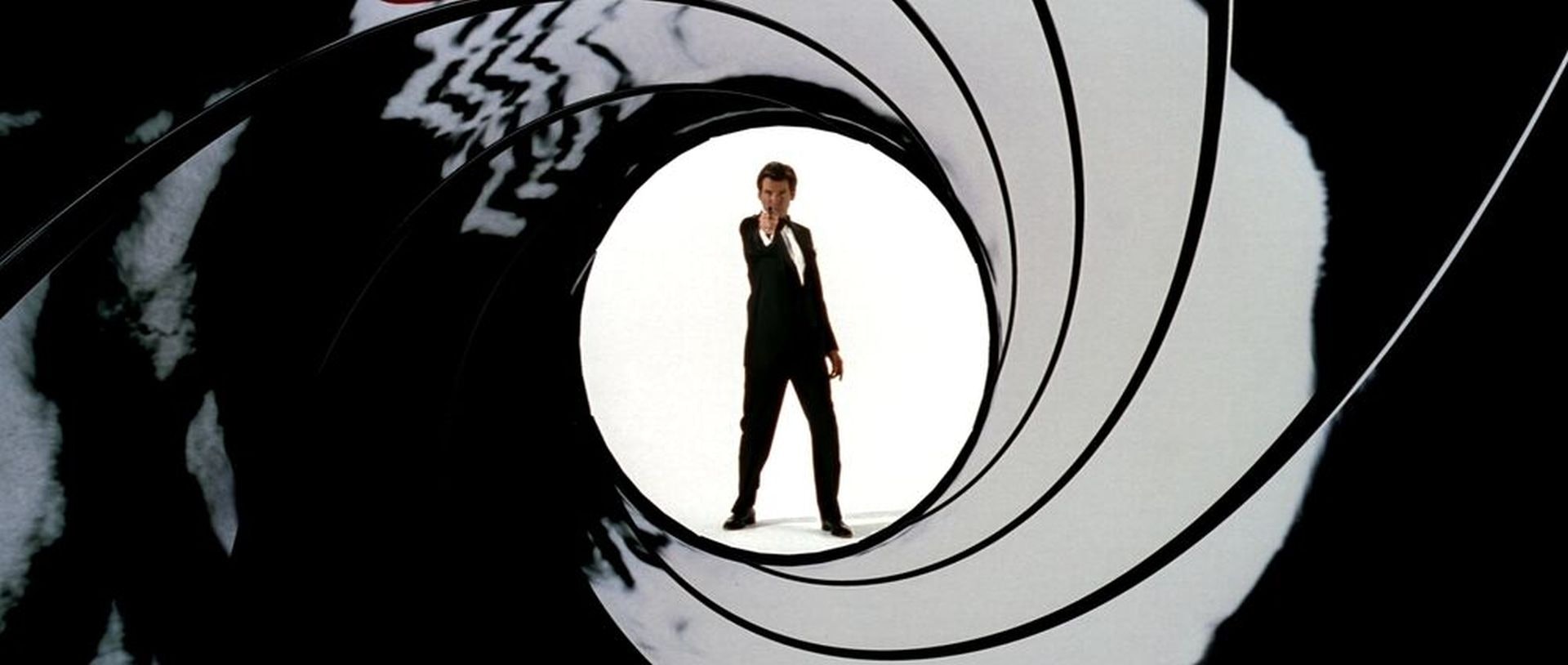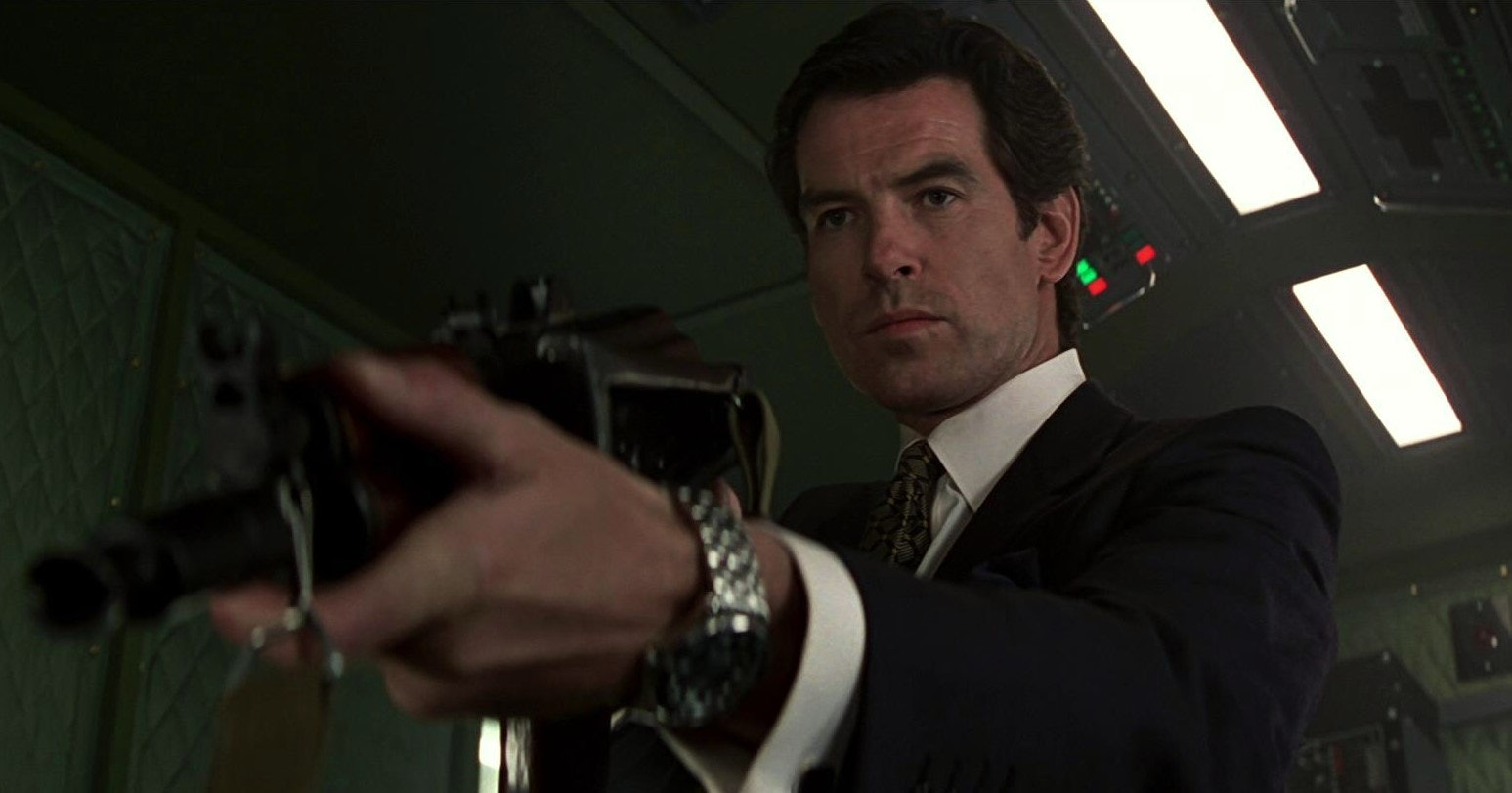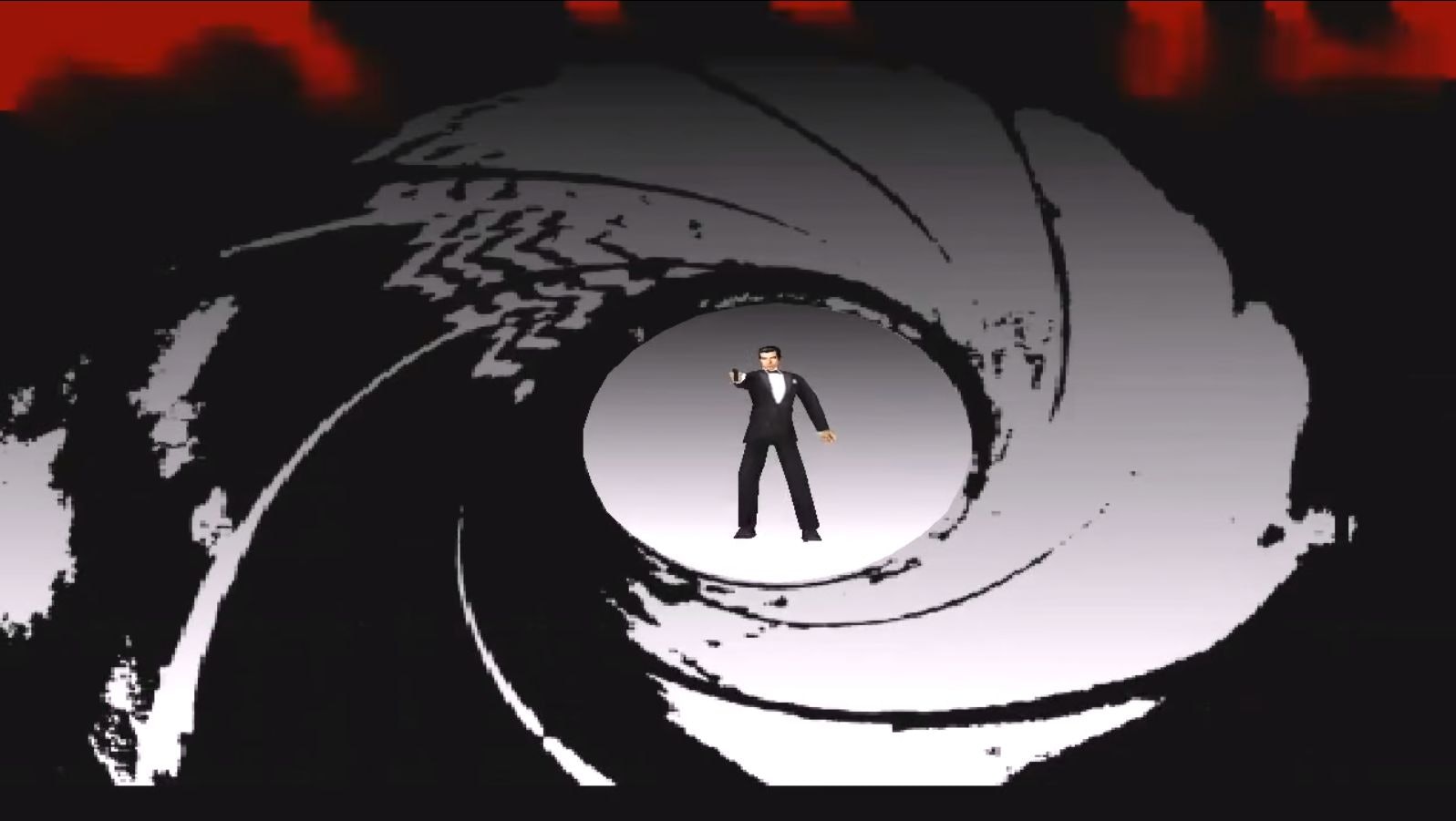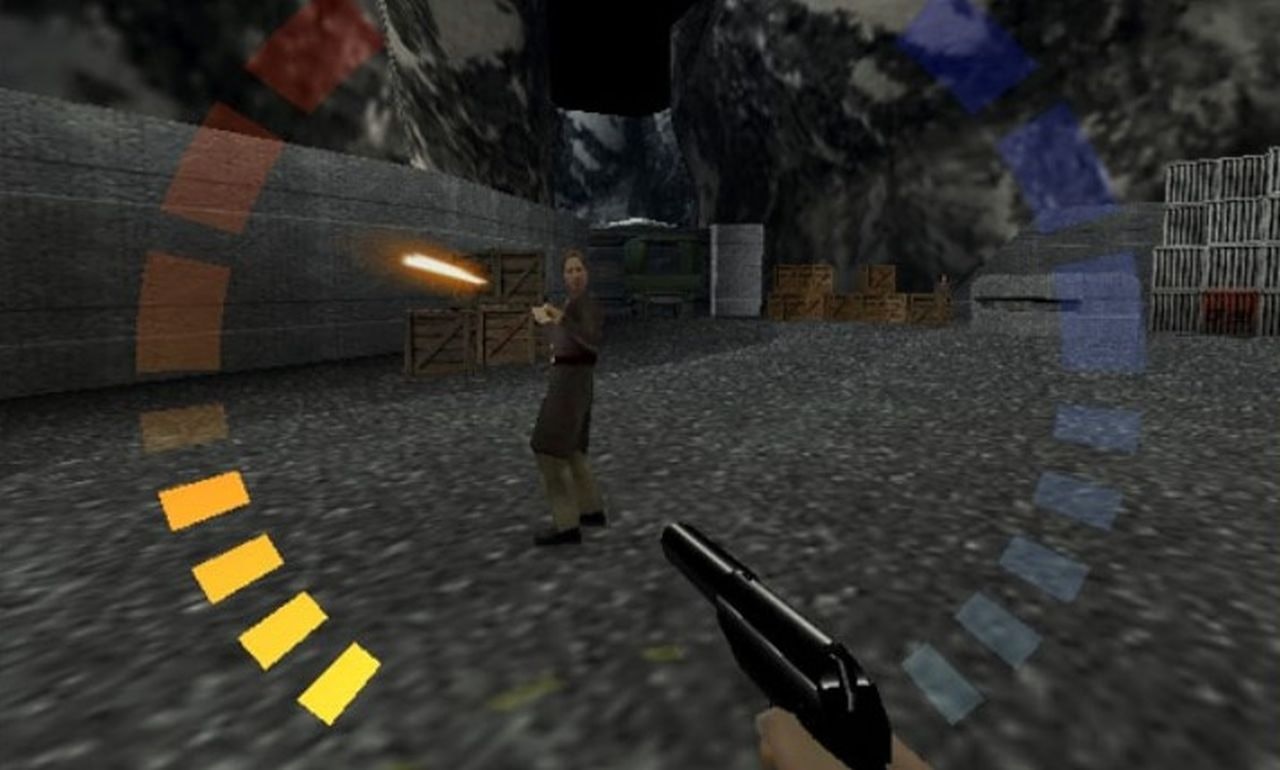
Video games and movies don’t have the best history together. Call it a love-hate relationship if you want because as much as the film industry tries to make video game movies happen, they aren’t very good at doing some of the biggest franchises in gaming justice on the big screen. Resident Evil, Assassin’s Creed, and Hitman have all been victims of less-than-stellar adaptations.
The opposite is also true, with most movie video games feeling like cash grabs. but in 1997 Nintendo and Rare proved that games based on movies don’t have to suck with GoldenEye 007.
The new age of Bond
Two years before the game’s release, the film GoldenEye was a bold new direction for the Bond films. Released in 1995, it came six years after the previous entry in the franchise. Plans for a third film starring Timothy Dalton had stalled continuously until the actor’s contract was up. During that time, the world had seen the end of the Cold War and the beginning of the internet age.
The world had left Bond behind — or at least that version of the character.

Enter Pierce Brosnan to relaunch the new era of Bond as more of a “devil may care” super-spy, balancing Connery's humor and wit with Dalton's violence and intensity. A story about a spy trying to find his purpose in a post-Cold War world, it was a meta-narrative about how the Bond franchise was struggling to justify itself.
It was also a massive success.
In a retrospective on GoldenEye, The Hollywood Reporter called it the movie that made Bond “cool again.” To this day it remains at the top of lists of the best Bond movies ever.
Game adaptations of Bond movies weren’t uncommon at this point, so the idea of a GoldenEye game tie-in wasn’t surprising. In January of 1995, 10 months before the film’s debut, Nintendo enlisted British developer Rare to adapt the game.

GoldenEye 007 went through many changes during its two-and-a-half-year development. Originally a 2D platformer for the SNES, it was bumped to the Nintendo 64 and morphed into a 3D shooter influenced by Super Mario 64 and Virtua Cop.
While almost canceled by Nintendo, GoldenEye 007 was released for the Nintendo 64 on August 25, 1997, to overwhelming praise.
The gold standard

While mostly remembered today for its addictive multiplayer mode that was thrown in at the last minute (and yes Oddjob is cheating), GoldenEye 007’s story managed to adapt its source material skillfully.
The difficulty in adapting to any property is that different mediums have different strengths and weaknesses. A story cannot be told the same way in a film as it can in a book for example. Good adaptation relies on the ability to understand the core experience of a story and being able to recreate that core using the strengths of the new medium.
While video games are often called cinematic, and can attempt to recreate the movie experience, the unique strength of games is their interactivity. Bringing an audience into a story and giving them agency allows for new dimensions of storytelling. So how do you translate the spectacle of a Bond movie and make it into a game?

“Everyone seemed to believe that a game made from a movie had to be bad, or mediocre,” Director Martin Hollis told The Guardian, "But I had the confidence of youth.”
Levels like ‘Streets’ put the player in control of iconic action scenes from the movie such as piloting a tank through a Russian city. The interactivity of using Bond’s gadgets while experiencing a story in a new perspective allowed for the game to effectively recreate the feel of the movie.
Beyond direct recreation, Rare expanded on scenes to let the player truly enjoy the experience. This extended to the multiplayer mode which included levels that recreated sets from previous Bond movies, giving it a sense of place inside a larger franchise history.
In the 27 years since GoldenEye and the 25 years since GoldenEye 007, both the film and the game have remained in good standing with fans. While Hollis’s sentiment that most video game adaptations were mediocre or worse is historically accurate, GoldenEye stands the test of time, even standing equally beside its source material.







